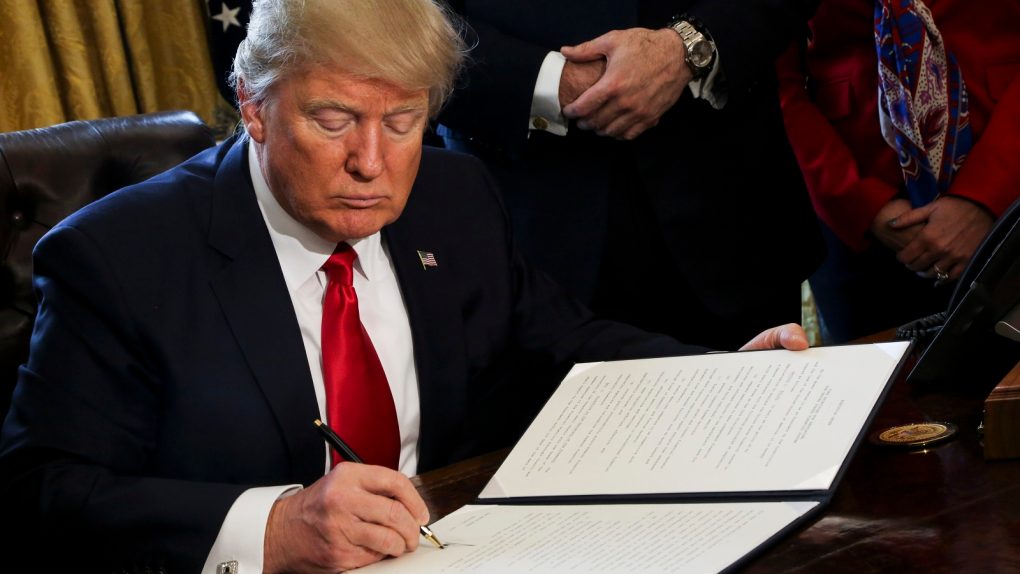- A new coronavirus study looking at the state of misinformation campaigns claims that President Trump is the “single largest driver” of COVID-19 misinformation.
- Researchers from Cornell looked at more than 38 million coronavirus articles published in the first five months of the year and found that more than 1.1 million contained misinformation.
- The report found that Trump was mentioned in 38% of the “misinformation conversation,” though it’s unclear whether the president was the source of misinformation in all of the articles.
Access to real-time information about the evolution of the novel coronavirus is one of the key tools that have helped authorities and the general public stay on top of the pandemic. Communicating updates about the public health measures, the state of the pandemic, and the evolution of life-saving drugs can help everyone stay informed on one of the biggest challenges humanity ever had to face in recent history. But there is a consistent side effect of the instant availability of information. Some of it is fake and it spreads like wildfire via social media. Conspiracy theories and phony miracle cures have been circulating since the start of the pandemic. Some people even created fake documentaries to advance COVID-19 theories that aren’t backed by science. But the “single largest driver” of coronavirus misinformation has been President Trump, according to a new study from Cornell University.
Researchers looked at data from 38 million English-language articles about the coronavirus pandemic published from January 1st to May 26th. They concluded that approximately 1.1 million items contained misinformation, or less than 3% of the coronavirus coverage during the period. Trump was mentioned in 38% of the “misinformation conversation,” which turned the president into the largest driver of the infodemic, or falsehoods involving the pandemic.
“The biggest surprise was that the president of the United States was the single largest driver of misinformation around COVID,” Sarah Evanega told The New York Times. “That’s concerning in that there are real-world dire health implications.”
Evanega is the director of the Cornell Alliance for Science, a nonprofit that’s studying food security and improved environmental sustainability, while also promoting science-based decision-making. The Cornell researchers partnered with media researchers at Cision for the study.
The paper is available in pre-review form at this link. The researchers said they’ve submitted the study for a proper review, but the process was lengthy so the paper was withdrawn. The scientists felt they have public health information on hand that should be shared. That said, it’s not entirely clear if Trump was actually the source of coronavirus misinformation in all of those articles, or if some of them merely contain mentions of the president.
The research looks at 11 topics of misinformation for the period, including conspiracy theories that claimed the pandemic was manufactured by democrats to coincide with the impeachment trials, among others.
The most prevalent topic of fake news was “miracle cures,” and that includes Trump’s continued promotion of hydroxychloroquine and disinfectants as potential treatments. The disinfectants and ultraviolet episode from mid-April led to a spike in miracle cure articles on April 24th, with more than 30,000 pieces of content having been published. Comparatively, fewer than 10,000 miracle cure articles were published before Trump’s mention. The miracle cure category accounted for more misinformation than all 10 of the other categories combined, the researchers found. When grouped together, however, conspiracy theory articles accounted for 46% of misinformation mentions.
The study also says that fact-checking articles accounted for only 16.4% of those that included misinformation. “suggesting that the majority of COVID misinformation is conveyed by the media without question or correction.”
As with other studies surrounding the coronavirus, the Cornell findings could benefit from additional research to confirm or disprove these initial conclusions. Other researchers also attempted to determine the effect of the media on the public’s perception of the pandemic. Studies a few months ago claimed that Fox News might have misrepresented the severity of the illness. Before that, a different study said that Tucker Carlson’s viewers were more likely to take the virus seriously than those who watched Sean Hannity’s shows.








